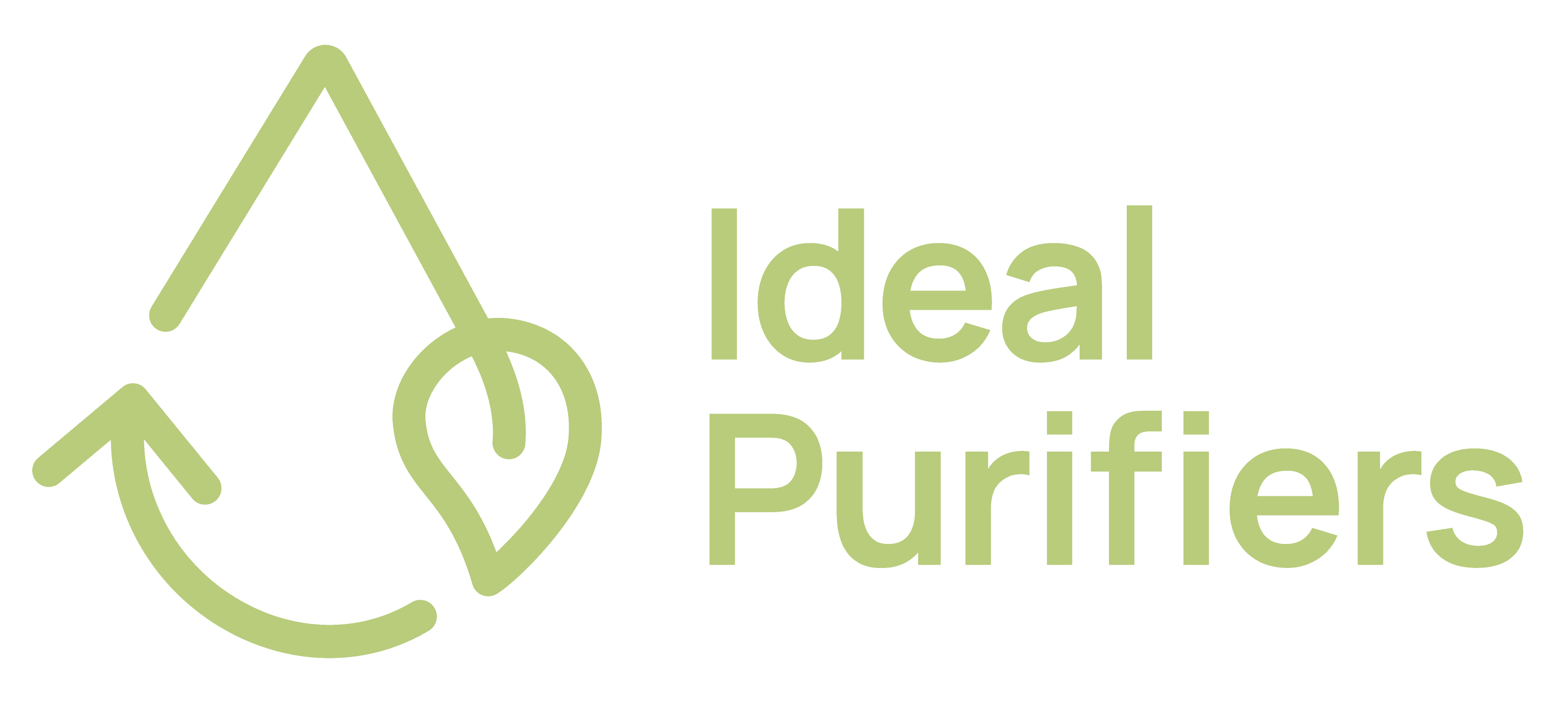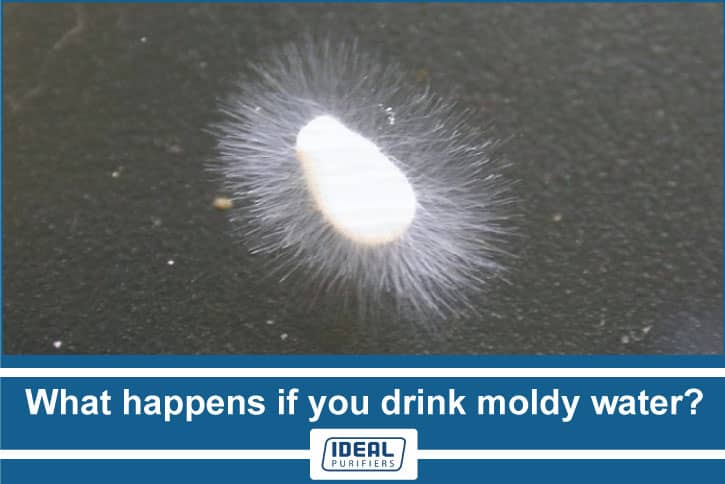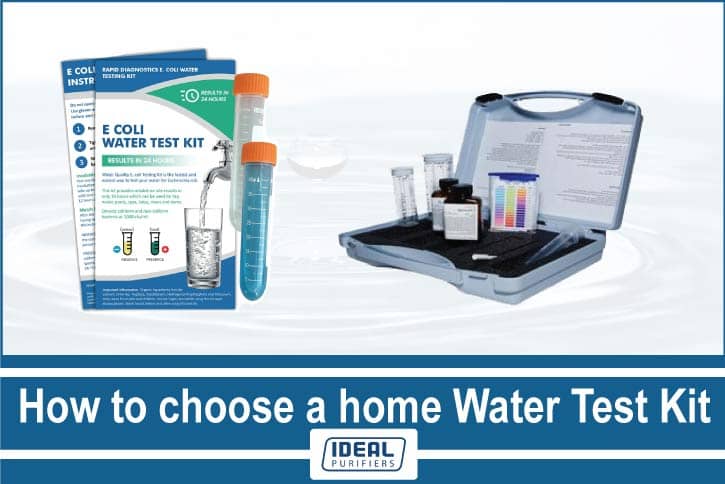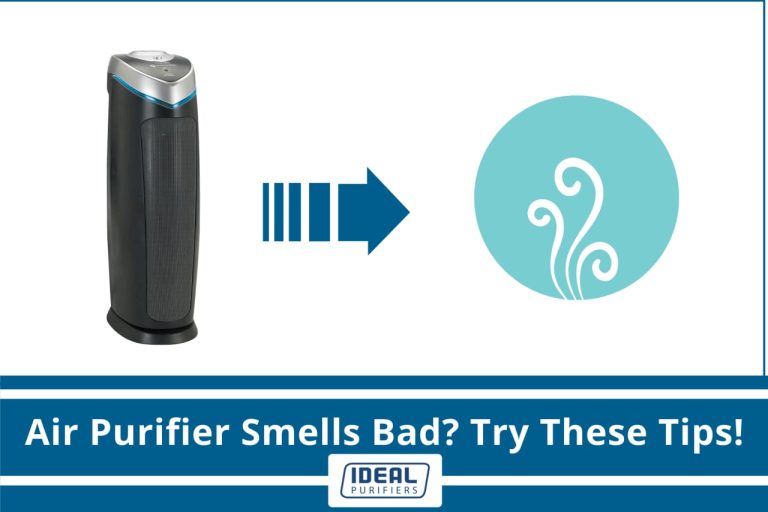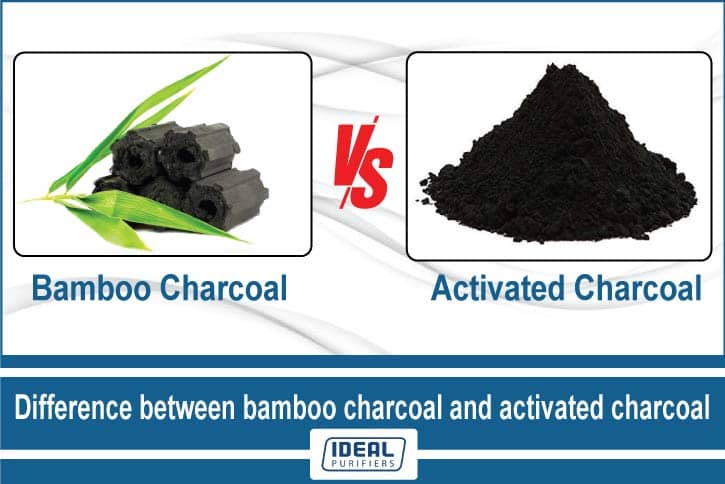*** This blog post was updated on 18/08/2022***
Mold is a type of fungus that can grow both indoors and outdoors and often thrive in damp or humid environments. While most mold is not harmful, some types can produce toxins (called mycotoxins) that can cause health problems in humans and animals.
So, what happens if you drink water that contains mold? In short, it depends on the type of mold and the amount of toxins present. Ingesting a few sips of moldy water is usually not harmful, but consuming large amounts can cause nausea, vomiting, and diarrhea. Sometimes, mold exposure can also lead to allergic reactions or respiratory problems.
While it’s unlikely that you’ll get sick from drinking moldy water, it’s still not advisable to do so. If you suspect that your water may be contaminated with mold, it’s best to contact your local water supplier or a qualified professional to have it tested.
Table of Contents
What is Water Mold?
Water mold is a type of fungi that thrives in moist environments. While it is often found in soil, water mold can also grow on plants, trees, and even animals. In some cases, water mold can cause disease in humans.
For example, the fungus Aspergillus fumigatus can cause a serious respiratory infection known as aspergillosis. However, not all water molds are harmful to humans. In fact, some types of water mold are used to produce antibiotics and other medications.
Water mold is also an important food source for many aquatic animals, such as fish and crustaceans. Consequently, water mold plays a critical role in the food chain and the ecosystem’s overall health. So, it’s not always bad.
Can Water Get Moldy?
Yes, water can get moldy. In fact, mold growth is often more common in water than on land. Water mold thrives in moist or humid environments and can spread quickly if the conditions are right.
For example, if a pipe bursts in your home and flooding occurs, the resulting dampness and humidity can provide the perfect conditions for water mold to grow. Likewise, the resulting moisture can also lead to mold spores to reproduce rapidly if you have a leaky roof or another source of water leakage.
If you suspect that your water may be contaminated with mold, it’s best to contact your local water supplier or a qualified professional to have it tested.
What Happens If You Drink Moldy Water?
We’ve all been there. You’re thirsty, and the only thing around is a bottle of water that’s been sitting in the sun for who knows how long. Is it safe to drink? Or what if you accidentally drop your water bottle in a mud puddle? Should you just toss it out and start over?
Drinking moldy water isn’t going to kill you, but it might make you pretty sick. According to the Centers for Disease Control and Prevention (CDC), ingesting water that contains mold can cause gastrointestinal issues like vomiting and diarrhea. In some cases, it can also lead to respiratory problems.
Some types of mold can create allergic reactions. Other common indications could be coughing, Headache, sneezing, runny nose, lung irritation, congestion, sore throat, skin rashes, and eye irritation.
So if you’re ever in doubt, it’s better to be safe than sorry and find something else to drink.
Signs of Mold in the Water Bottle
If you’re unsure whether your water is safe to drink, there are a few signs to look for. First, check the expiration date on the bottle. If it’s expired, don’t drink it.
Next, take a close look at the water itself. If it looks cloudy or discolored, that’s a sign of contamination, and you should throw it out.
You should also look for mold or fungi growing outside the bottle. If you see any, it’s best to err on the side of caution and not drink the water.
Preventing Mold Growth in Water Bottles
Here are some of the symptoms of mold in a water bottle:
- You’ll notice a blackish layer under the cap.
- The water has an odd mold smell.
- If you find particles that look like dirt around the bottle.
If you see any of these signs, it’s best to throw out the water and get a new bottle.
What to Do If You Accidentally Drink Moldy Water?
If you do accidentally drink moldy water, don’t panic. In most cases, you’ll just experience some gastrointestinal upset like vomiting or diarrhea. Our stomach acid is strong enough to deal with the pathogens in the moldy water. In very rare cases, mold can cause more serious respiratory illnesses. If you start to experience more severe symptoms like difficulty breathing, call 911 immediately.
If you have a mold allergy, you may be more susceptible to developing respiratory problems after drinking moldy water. If you start to experience any symptoms, it’s best to see a doctor as soon as possible.
Drinking moldy water is generally not harmful, but it may cause some unpleasant side effects. If you’re ever in doubt, it’s better to be safe than sorry and find something else to drink.
Does Water Mold In A Water Bottle?
Yes, water mold can grow in a water bottle. Mold loves damp and humid environments, and a water bottle can provide the perfect conditions for mold to thrive. If you notice mold growing in your water bottle, it’s important to clean it immediately.
You might be wondering how mold got into your water bottle in the first place. Mold spores are everywhere – in the air, on surfaces, and in water. When the mold spores land on a damp surface, they can start to grow. This is why it’s so important to keep your water bottle clean.
Is Black Mold in Water Bottle Harmful?
Black mold is a type of mold that can grow in a water bottle, just like white mold. If you see black mold in your water bottle, it’s important to clean it immediately. There are many varieties of black mold spores where some are toxic and others non-toxic.
As it is hard to identify the type of black mold growing in your water bottle, it is always better to err on the side of caution and assume that it is harmful. Consider disposing of the bottle or cleaning it with a bleach solution.
Baking Soda and Bleach
Baking soda and bleach can be used to cleanse a water bottle of mold. Baking soda is a mild disinfectant, so soaking the bottle in a solution of warm water and baking soda for several hours should do the trick.
Alternatively, some people use a mixture of 1 teaspoon of baking soda and half a teaspoon of bleach. This mixture should be left to soak for 5-6 hours, after which the bottle should be rinsed and washed properly.
We recommend cleaning the water bottle with baking soda and bleach once in a while to keep the mold away.
Using a Brush
First, soak the bottle in a mixture of dish soap and hot water for 10-15 minutes. Then use the brush to cleanse the bottom and edges of the bottle. Finally, wash the bottle with clean water thoroughly and leave it to dry correctly.
Doing this regularly removes the chance of mold attacking the bottle.
White Vinegar and Water
Another natural way to clean a water bottle of mold is to fill it up with equal parts vinegar and water and then let it sit overnight. The next morning, simply scrub the inside of the bottle with a brush (preferably a baby bottle brush) and rinse it out.
This method is also effective in preventing mold from coming back.
So, there you have it! These are some of the ways in which you can clean a moldy water bottle. Do you have any other methods that you swear by? Let us know in the comments below!
FAQ
Can mold in water make you sick?
Drinking a little amount of mold won’t make you sick. However, if you drink large amounts of mold or if the mold is toxic, then it can cause some health issues. Some of these include vomiting, diarrhea, and headaches.
Should I go to the doctor for mold exposure?
If you have been exposed to mold and are experiencing symptoms such as a sore throat, coughing, or difficulty breathing, then you should see a doctor as soon as possible. For minor issues like headaches and nausea, you can try some home remedies. However, it’s always better to be on the safe side and get yourself checked out.
Can I remove the mold myself?
Yes, you can eliminate mold yourself with the help of some home remedies and common household items. You can make use of the methods we discussed above. If you are dealing with reusable water bottles, it’s better to through them away and buys new ones.
Final Thought
We believe now you have a better understanding of what happens if you drink moldy water. Drinking water that has mold can cause serious health issues on rare occasions however it is not something that can kill you in most cases.
If you find yourself with a moldy water bottle, the best thing to do is clean it as soon as possible using one of the methods we discussed.
Remember to always be on the safe side and see a doctor if you are experiencing serious symptoms.
(Note: This article is for informational purposes only and does not constitute medical advice. The information contained herein is not intended to diagnose, treat, cure, or prevent any disease. Always consult with your physician before beginning any new treatment.)
